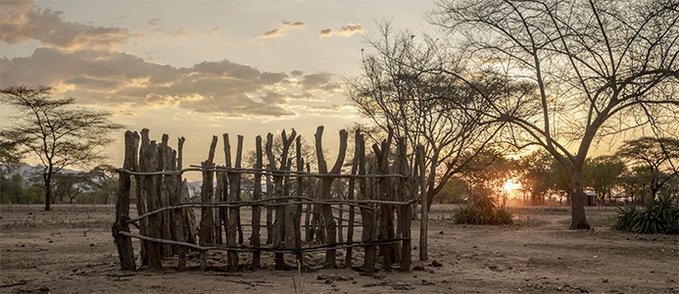The European Union has mobilised an additional 16.8 million EUR (approx. 18.7 million USD) to help address emergency food needs and support vulnerable people in Zimbabwe. The funding comes as large parts of the country and the wider region of Southern Africa are in the grip of the harshest drought in decades, which is compounded in Zimbabwe by governance challenges and a worsening economic situation.
In addition to providing food and nutrition, the funds will improve access to basic health care and clean water, and provide protection to counter the risks that people’s fragility exposes them to. The funding for Zimbabwe is part of a larger support package of over 22 million EUR (over 24.5 million USD); the remaining amount will be channelled to providing food assistance and nutrition support in Eswatini, Madagascar, Lesotho and Zambia.
Announcing the aid package for the region, Janez Lenarčič, the EU’s Commissioner for Crisis Management, said: “Many poor households in drought-affected areas in southern African countries are struggling to have enough food due to crop failure, reduced access to water and, in some places, unaffordable food prices in markets. EU humanitarian aid will help deliver food to those most in need and tackle the hunger crisis in fragile rural communities.”
The Southern Africa and Indian Ocean region as a whole is prone to natural disasters and oscillates between droughts and floods that are destroying harvests and further weakening fragile communities. Since January 2019, the EU has allocated a total of €67.95 million (approx. 75.75 million USD) for humanitarian assistance across the region. The bulk of this funding went for emergency relief assistance in the wake of natural disasters (cyclones Idai and Kenneth), food assistance, and helping at-risk communities equip themselves better to face climate-related disasters.
Extensive areas in southern Africa received in 2019 their lowest seasonal rainfall to date since 1981, when records first began to be held. As many as 12 million people in the region are at risk of hunger because of extended periods of below-average rainfall, interspersed with floods, on top of the economic challenges that some countries in the region are grappling with. In Zimbabwe alone, a 7.7 million people, half of the country’s population, are at the risk of facing severe hunger, placing Zimbabwe among the states facing one of the worst food crises in the world.






